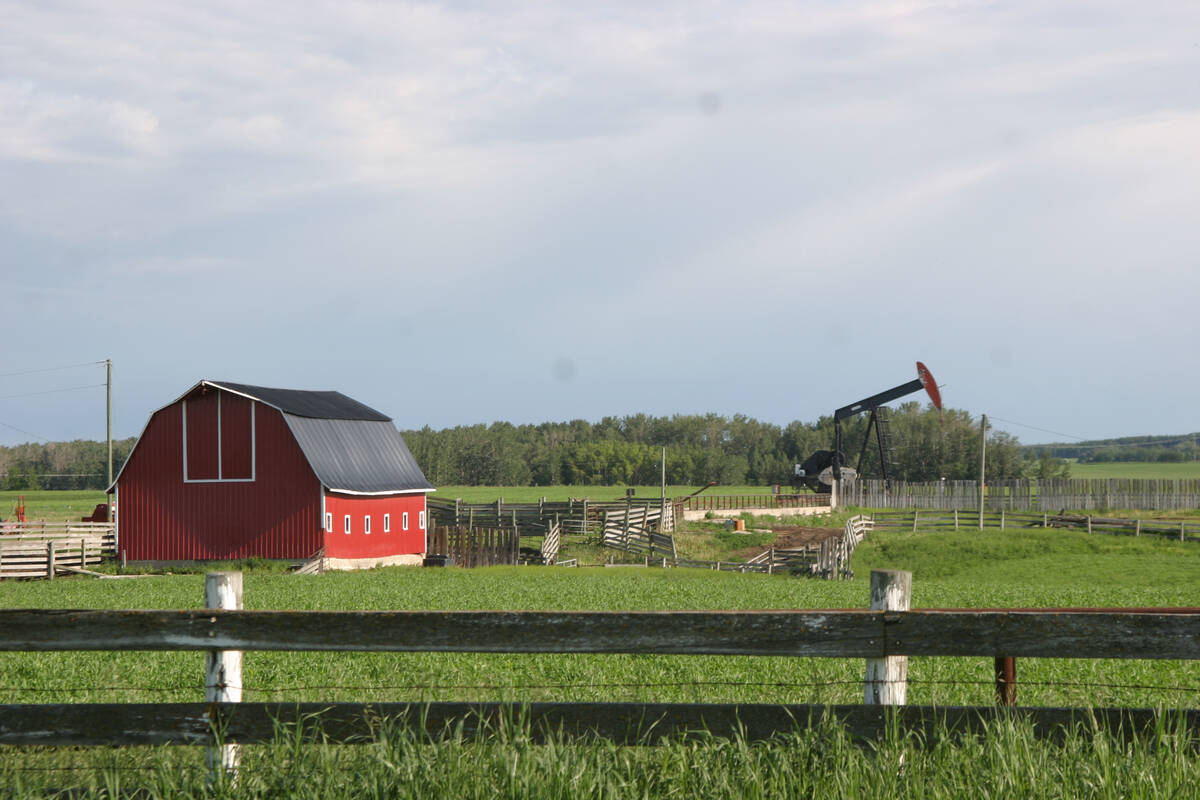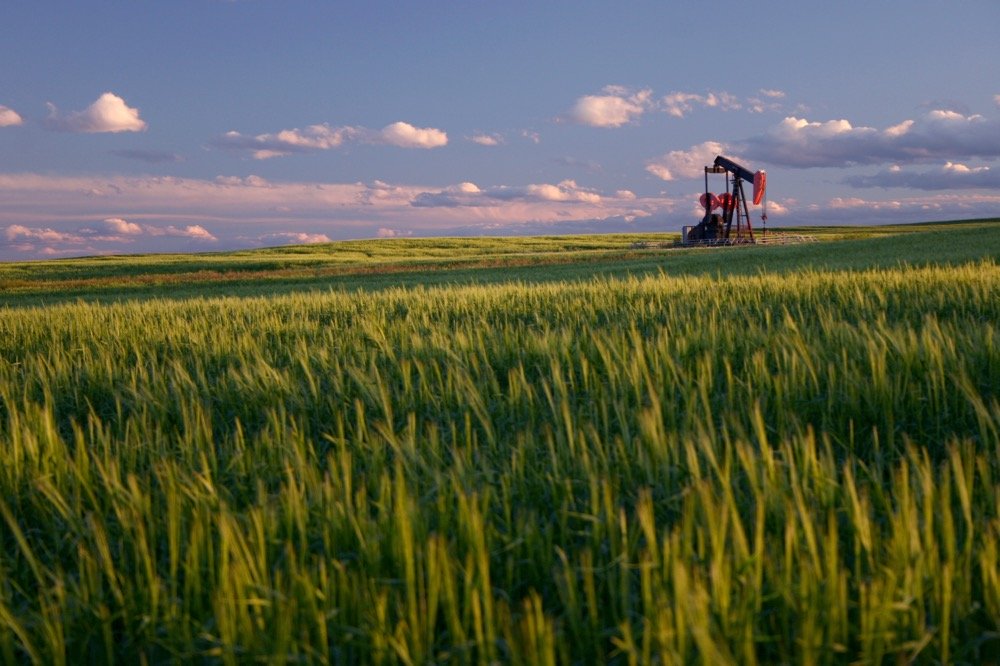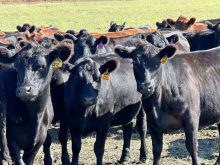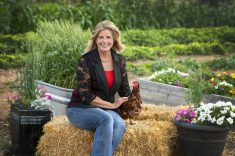Allowing for late participation in AgriStability is unlikely to help Alberta producers facing a cash flow crunch.
“We’re going to be going into a period of significant cash flow shortages for farmers — maybe not all, but many,” said Tom Steve, general manager of Alberta Wheat and Barley.
“Late enrolment would be fine, but is it going to solve the short-term cash flow problems that farmers are facing in Alberta? I don’t think so.
“We’re going to see after this year how effective AgriStability is for Alberta grain producers. I suspect that the results will be very mixed.”
Read Also

Recommendations in the mature assets strategy could cause potential problems for landholders
The Western Stock Growers’ Association urges producers to pay attention to the potential changes to Alberta’s Mature Assets Strategy.
The late participation mechanism, introduced in 2018, lets producers sign up late (with a 20 per cent penalty) when there’s a significant drop in income resulting from disasters in a region — but only if Ottawa and the provinces agree. This year, Manitoba and B.C. took up a federal offer to extend the deadline until the end of the year, but neither Alberta nor Saskatchewan did.
There’s likely a couple of reasons for that, said Steve Funk, director of ag risk management resources for MNP.
“The province has to agree with the federal government because the programs are funded 60/40 — 60 per cent federal, 40 per cent provincial,” he said. “If they agree to open it up for late participation, that agreement is for the entire province, so what starts out as a sectoral or regional decision ends up being opened up for everybody.”
Moreover, earlier this year, the normal enrolment deadline of April 30 was extended to June 30 because of changes to reference margin limiting. By then, the effects of the drought were already being seen.
“I know a lot of the actual impacts of the hot weather were felt after June 30, but they could have been anticipated before,” said Funk.
And given the “systemic issues” with AgriStability, late enrolment wouldn’t likely see many takers anyways, said Steve.
“The numbers are something like 20 to 24 per cent of all Alberta grain farmers participate in AgriStability, and that’s really low,” he said. “They haven’t been able to qualify for AgriStability payments over the years, so the dropout rate is very high.”
In contrast, the crop insurance enrolment rate is closer to 80 per cent because the payouts are more predictable and arrive faster.
“For grain farmers, it comes down to making a choice — are you going to roll the dice with AgriStability, or are you going to take the certainty of crop insurance?” said Steve.
“With AgriStability, if you can withstand a couple of years of bad margins, you’ll get a payout potentially, but for the small- to medium-size farms, it’s pretty difficult to rely on AgriStability, so they tend to use crop insurance,” said Steve. “But if you’re a larger farm and you can withstand the pressure of a short-term reduction in your margins, you’re probably going to take AgriStability.”
Beyond that, any crop insurance payments are deducted from any AgriStability entitlement.
“So if you get a big crop insurance payout as a grain farmer, it’s going to impact your ability to make use of the AgriStability program,” he said. “I think that’s the rub for many farmers.”
The change to reference margins from 85 per cent to 70 per cent in 2013 was another “deal breaker.”
“When you have to have a 30 per cent decrease in your net margins, there’s not too many farmers who would be able to qualify for that,” said Steve, adding the grain industry has been lobbying government to restore the old reference margin.
Another ongoing complaint is how complicated the program is.
“AgriStability is based on accrual accounting principles, so if you understand accrued financial statements and the concepts that go into building those, you’ll have no trouble interpreting AgriStability,” said Funk. “Unfortunately a lot of people don’t understand accrual accounting.”
The grain industry is hoping the next agricultural policy framework (which will run from 2023 to 2028) will include enhancements to AgriStability. The reference margin limit has already been removed, but at this point, the Alberta government has chosen not to co-fund increasing the compensation rate — something that would have been “very beneficial to farmers,” said Steve.
“At the end of the day, we need a better solution to disaster relief programming in Canada, and we don’t have it with AgriStability,” he said.
“Any recognition that we could get for the drought conditions that farmers are facing in Alberta would be appreciated, but would late enrolment in AgriStability be a panacea? I don’t know that it would.”
The cash flow issues that producers are facing are an immediate threat, one that can’t wait for a potential AgriStability payout in a year’s time, he added.
“Farmers are facing increasing risks to their income with the dramatic increase in fertilizer prices, seed costs, and fuel costs this year,” said Steve.
“Farmers are going to have their margins squeezed further, and ultimately, farmers can’t pass those costs on to consumers. And if you’ve had successive droughts south of the Trans-Canada Highway or excess moisture in the central parts of the province, your cash flow relative to your ability to finance next year’s crop is going to be compromised.
“Those are some of the conversations we’re having with the government right now to make sure that these headwinds farmers are going to be facing going into 2022 are dealt with.”















